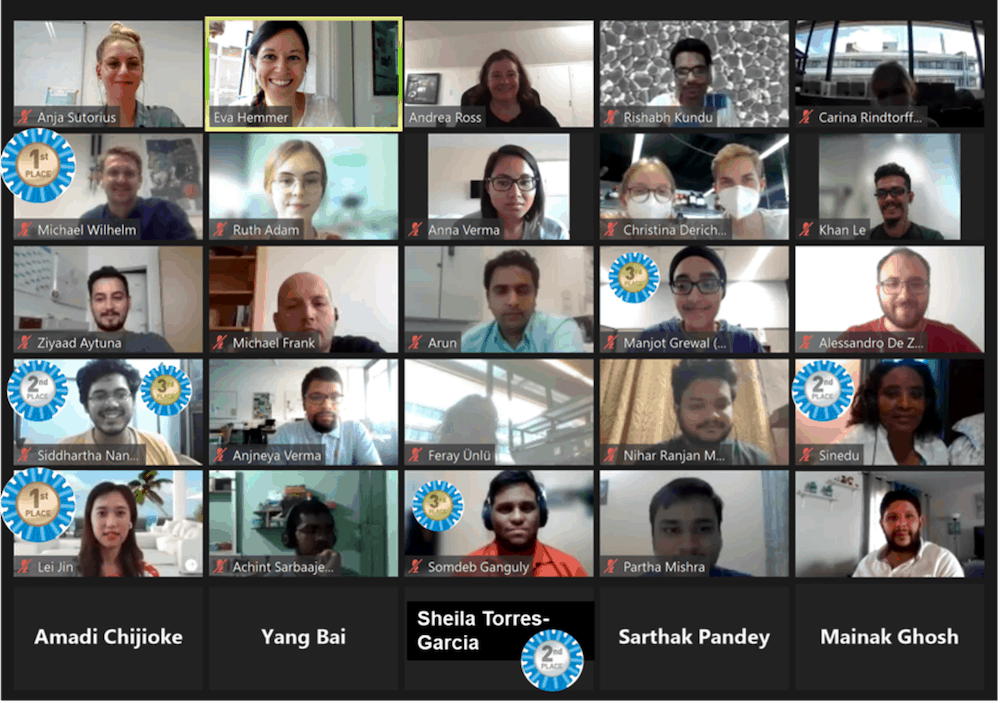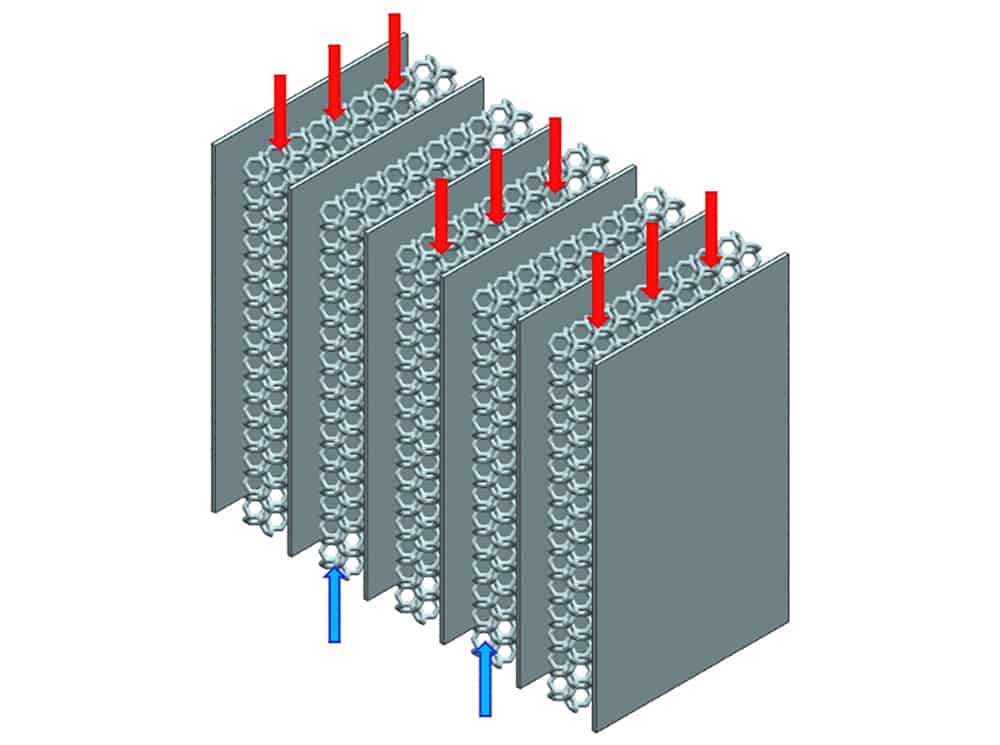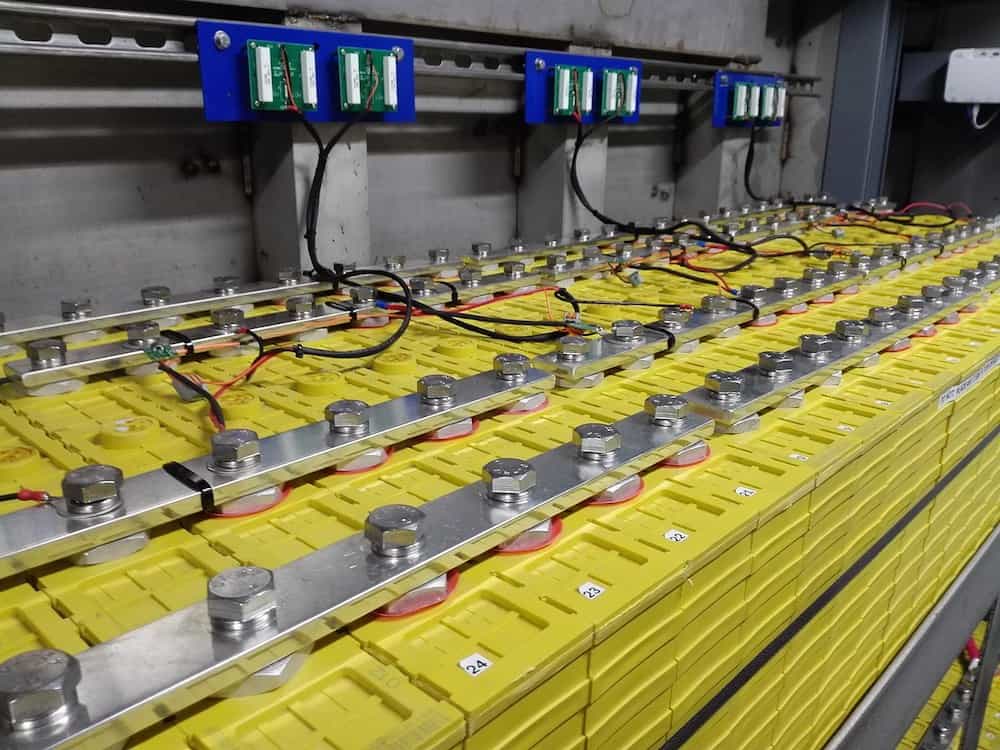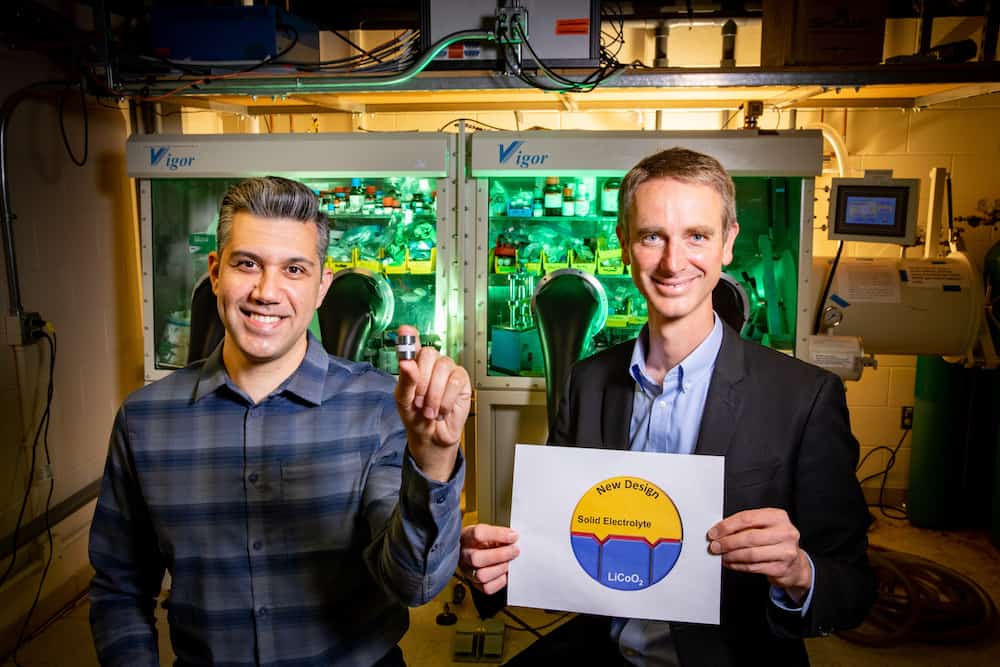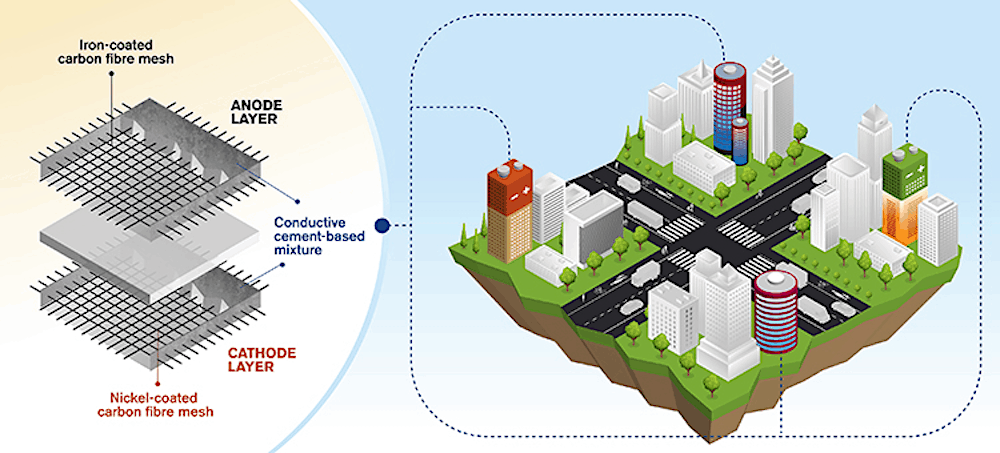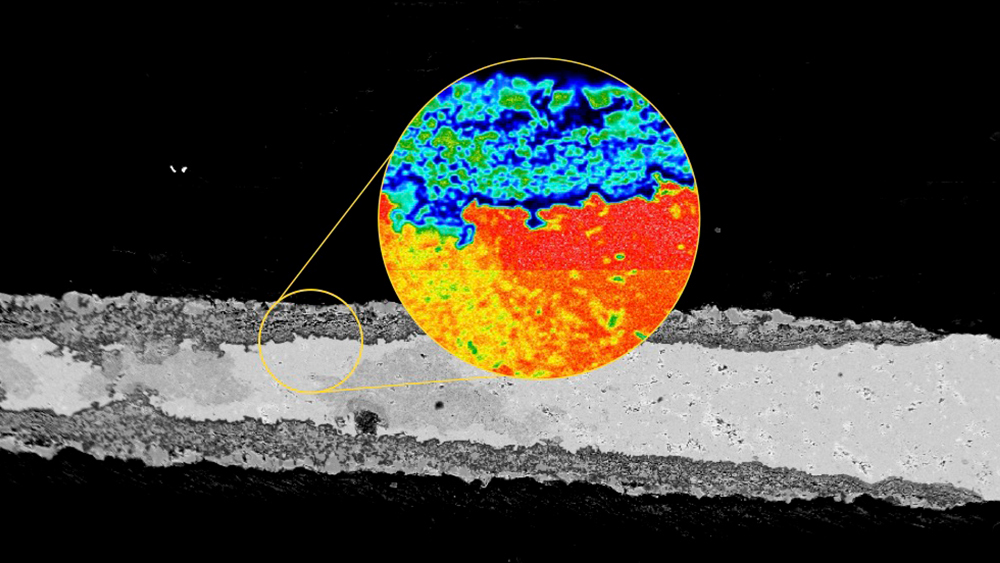Solid oxide fuel cells hold great potential among fuel cell technologies due to their high heat and power efficiency, long-term stability, fuel flexibility, and relatively low cost. Glass and glass-ceramics are of great interest as sealants in SOFCs, and today’s CTT looks at a few recent studies on glass-based sealants.
Read MoreMCARE-EHS 2021 took place virtually July 19–22 due to the COVID-19 pandemic. ACerS student members Alessandro De Zanet and Rishabh Kundu share their experiences from the last two days of the conference.
Read MoreMCARE-EHS 2021 took place virtually July 19–22 due to the COVID-19 pandemic. ACerS student members Rishabh Kundu and Alessandro De Zanet share their experiences from the first two days of the conference.
Read MoreIn concentrated solar power systems, higher operating temperature leads to greater efficiency—if the thermal energy is properly managed. Heat exchangers are one option for thermal management, and researchers in Switzerland and Italy explored designing ceramic lattice structures for use in such devices.
Read MoreThe field of piezoelectric energy harvesting looks to convert mechanical motion, notably from vibration sources, directly into electricity. Recent papers in several ACerS journals discuss challenges and research into developing both materials and processes for PEH.
Read MoreLithium iron phosphate is a widely used cobalt-free cathode material for lithium-ion batteries. It is known to experience certain kinds of defects in its crystal structure, however, and a recent study led by researchers at the Skolkovo Institute of Science and Technology explores the existence of hydroxyl groups in phosphorus vacancies.
Read MoreOne of the main challenges to commercializing solid-state batteries is stabilizing the interface between the solid electrolyte and electrodes. In a recent paper, researchers from the University of Illinois Urbana–Champaign and Xerion Advanced Battery Corporation look at the role interface morphology and crystallography play in solid-state battery performance.
Read MoreAs renewable energy technologies become more widely deployed, we need a way to store all of the generated energy. Two researchers from Chalmers University of Technology in Sweden explored creating a cement capable of storing energy, an ability that would allow future buildings to essentially serve as giant batteries.
Read MoreDetermining oxidation stability of new MAX phases is a difficult and expensive process with current computational and experimental methods. Researchers at Texas A&M University designed a new machine-learning-based scheme for predicting the oxidation of MAX phases at high temperatures, allowing them to conduct studies that may otherwise take years to perform.
Read More

